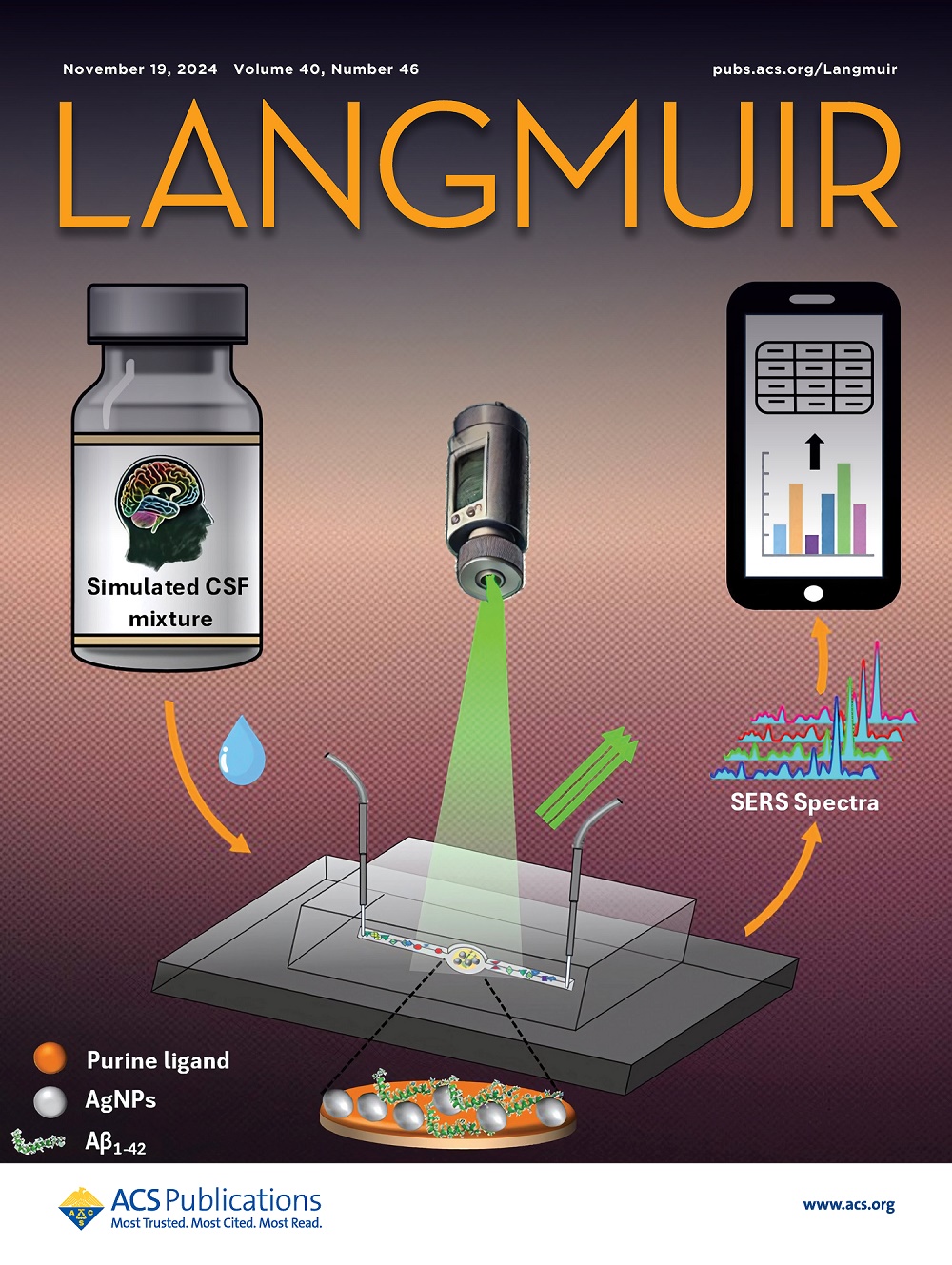Adhesion Enhancement of Chlorosulfonated Polyethylene via Self-Interface Roughening on Aluminum Substrate
IF 3.7
2区 化学
Q2 CHEMISTRY, MULTIDISCIPLINARY
引用次数: 0
Abstract
The adhesion of chlorosulfonated polyethylene (CSM) to aluminum (Al) and its adhesion mechanism was investigated. The lap-shear strength between CSM and Al was nearly 3 times higher than that between chlorinated polyethylene (CPE) and Al, suggesting that the chlorosulfonyl (SO2Cl) group enhances the adhesion strength. The CSM-Al interfaces were analyzed using electron energy loss spectroscopy with scanning transmission electron microscopy (STEM-EELS), atomic force microscopy (AFM), and X-ray photoelectron spectroscopy (XPS). The results show that the CSM creates a rough interface with a thick oxide layer containing Al(OH)3 simultaneously in the bonding process. Such an increase in the interfacial roughness is considered to result from the electrochemical reaction of Al mediated by the interaction between the free chloride ions detached from the SO2Cl group and the Al oxide layer. The insoluble adsorbed layers of CSM and CPE on Al were also characterized by ellipsometry. CSM is more likely to contain loosely adsorbed polymer chains. The loosely adsorbed polymer chains behave as connection points between the Al substrate and bulk polymer chains, thereby enhancing the adhesion strength. SO2Cl-containing polymers may offer a new type of adhesive material that does not require surface pretreatment of adherent.

自界面粗化增强氯磺化聚乙烯在铝基体上的附着力
研究了氯磺化聚乙烯(CSM)对铝(Al)的粘附作用及其机理。CSM与Al之间的搭剪强度比氯化聚乙烯(CPE)与Al之间的搭剪强度高近3倍,说明氯磺酰(SO2Cl)基团增强了CSM与Al之间的粘接强度。采用扫描透射电子显微镜(STEM-EELS)、原子力显微镜(AFM)和x射线光电子能谱(XPS)对CSM-Al界面进行了分析。结果表明,CSM在键合过程中与含Al(OH)3的氧化层同时形成了一个粗糙的界面。这种界面粗糙度的增加被认为是由于从SO2Cl基团中分离出来的自由氯离子与Al氧化物层相互作用介导的Al的电化学反应。用椭偏仪对CSM和CPE在Al上的不溶性吸附层进行了表征。CSM更可能含有松散吸附的聚合物链。松散吸附的聚合物链充当Al衬底与大块聚合物链之间的连接点,从而提高了粘附强度。含so2cl聚合物可以提供一种不需要表面预处理的新型粘接材料。
本文章由计算机程序翻译,如有差异,请以英文原文为准。
求助全文
约1分钟内获得全文
求助全文
来源期刊

Langmuir
化学-材料科学:综合
CiteScore
6.50
自引率
10.30%
发文量
1464
审稿时长
2.1 months
期刊介绍:
Langmuir is an interdisciplinary journal publishing articles in the following subject categories:
Colloids: surfactants and self-assembly, dispersions, emulsions, foams
Interfaces: adsorption, reactions, films, forces
Biological Interfaces: biocolloids, biomolecular and biomimetic materials
Materials: nano- and mesostructured materials, polymers, gels, liquid crystals
Electrochemistry: interfacial charge transfer, charge transport, electrocatalysis, electrokinetic phenomena, bioelectrochemistry
Devices and Applications: sensors, fluidics, patterning, catalysis, photonic crystals
However, when high-impact, original work is submitted that does not fit within the above categories, decisions to accept or decline such papers will be based on one criteria: What Would Irving Do?
Langmuir ranks #2 in citations out of 136 journals in the category of Physical Chemistry with 113,157 total citations. The journal received an Impact Factor of 4.384*.
This journal is also indexed in the categories of Materials Science (ranked #1) and Multidisciplinary Chemistry (ranked #5).
 求助内容:
求助内容: 应助结果提醒方式:
应助结果提醒方式:


